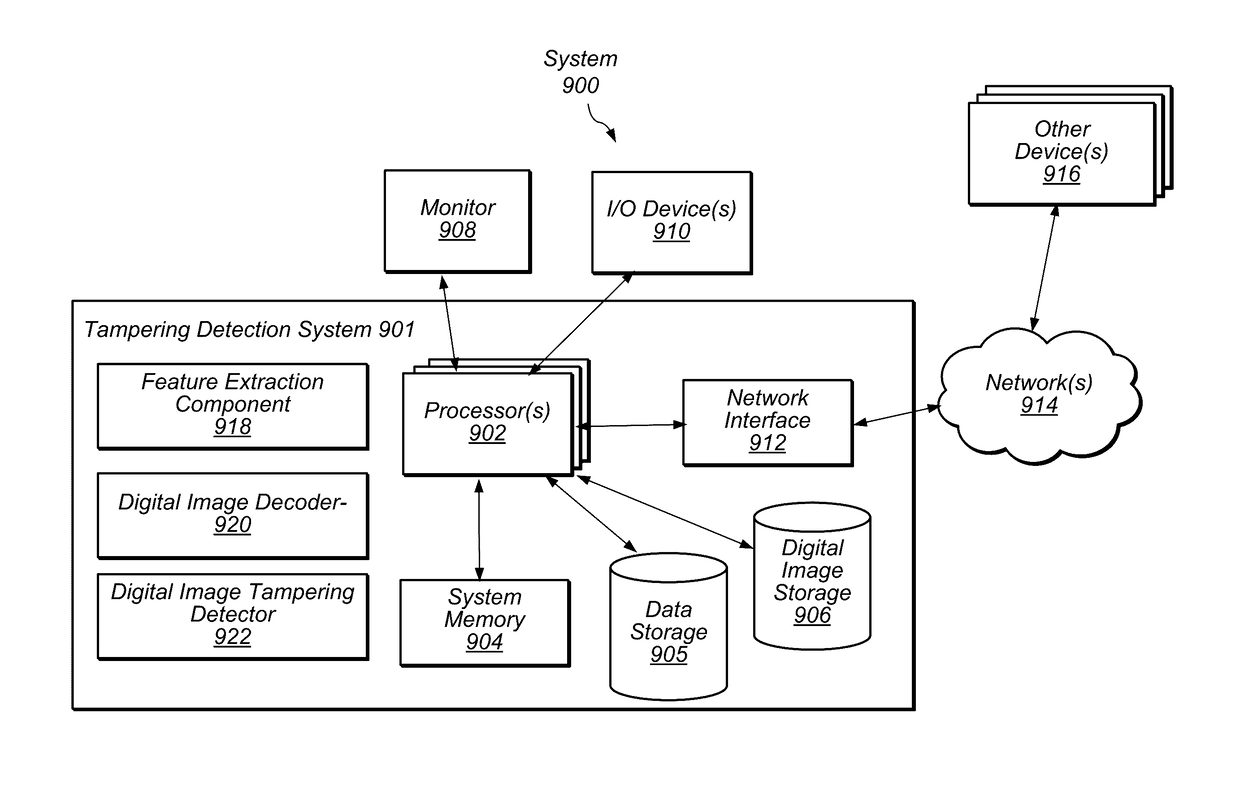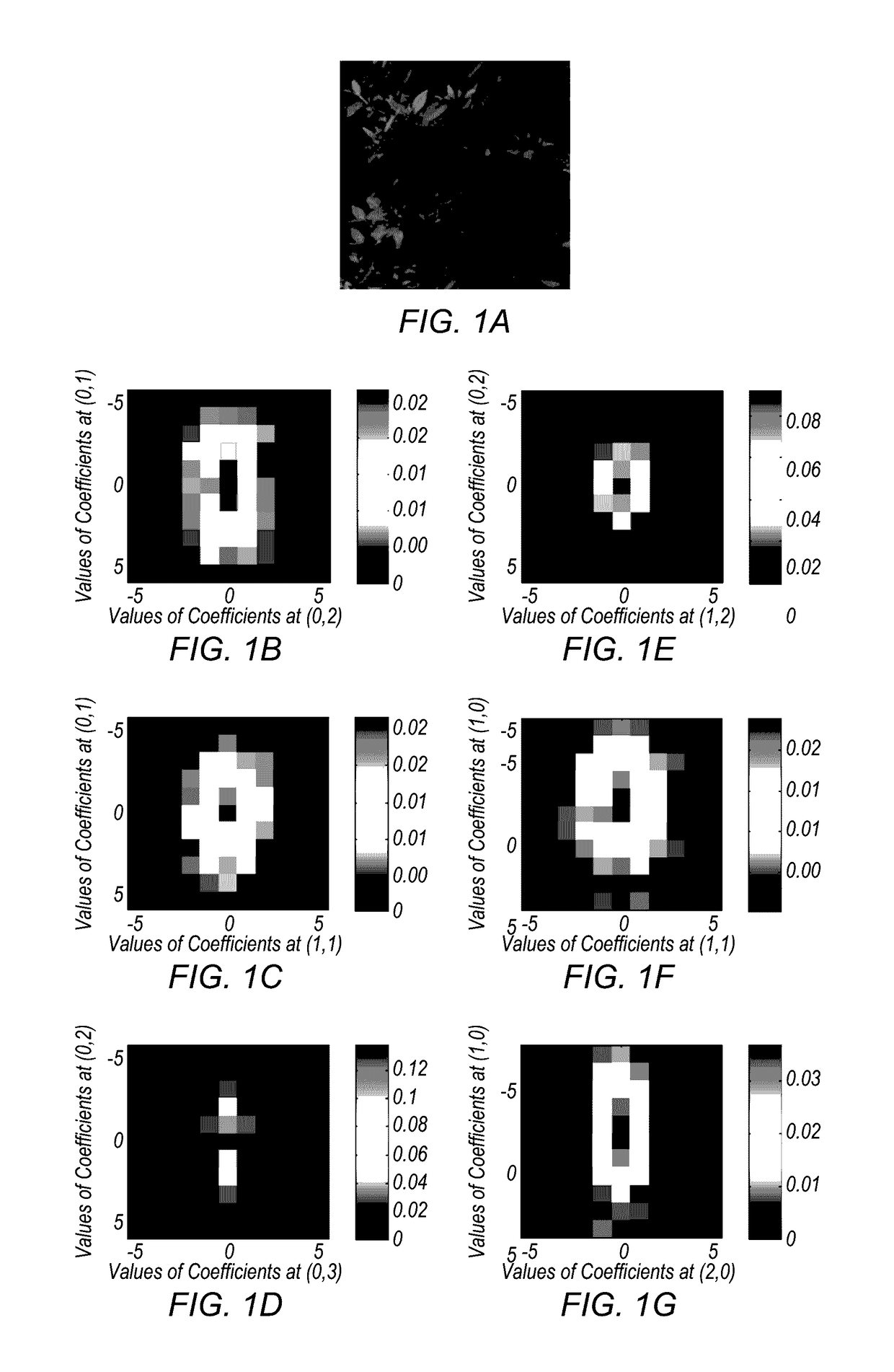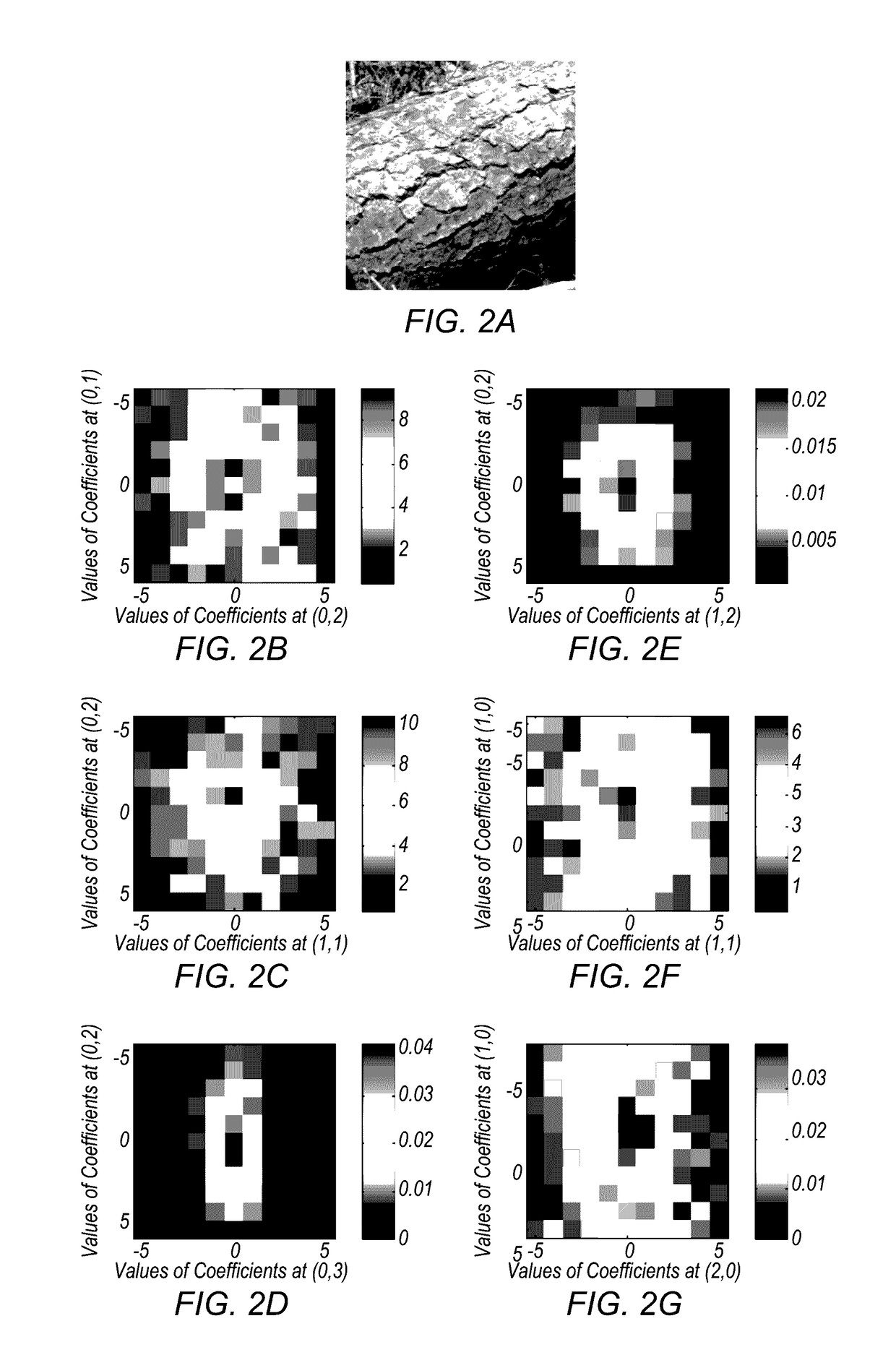Exposing inpainting image forgery under combination attacks with hybrid large feature mining
a technology of large feature mining and combination attacks, applied in image enhancement, instruments, image data processing, etc., can solve the problems of inability to accurately detect the down-recompression, the advance of forgery detection may trail behind, and the forgery on the joint photographic experts group (jpeg) image is meaningful and challenging work, etc., to achieve high feature dimensionality
- Summary
- Abstract
- Description
- Claims
- Application Information
AI Technical Summary
Benefits of technology
Problems solved by technology
Method used
Image
Examples
Embodiment Construction
[0038]Methods and systems as described herein may detect tampering in a digital image includes using hybrid large feature mining to identify one or more regions of an image in which tampering has occurred. Detecting tampering in a digital image with hybrid large feature mining may include spatial derivative large feature mining and transform-domain large feature mining. In some embodiments, known ensemble learning techniques are employed to address high feature dimensionality. Forensic analysis may be performed using images that indicate the location of tampering.
[0039]In various embodiments, a method extracts rich neighboring joint density features with an ensemble classifier for the detection. Detection may use or adapt neighboring joint density-based steganalysis methods including, but not limited to Liu, Q., Sung, A H. and Qiao, M. 2009. Improved detection and evaluations for JPEG steganalysis, in Proc. The 17th ACM Multimedia, pp. 873-876; Liu, Q.2011. Steganalysis of DCT-embed...
PUM
 Login to View More
Login to View More Abstract
Description
Claims
Application Information
 Login to View More
Login to View More - R&D
- Intellectual Property
- Life Sciences
- Materials
- Tech Scout
- Unparalleled Data Quality
- Higher Quality Content
- 60% Fewer Hallucinations
Browse by: Latest US Patents, China's latest patents, Technical Efficacy Thesaurus, Application Domain, Technology Topic, Popular Technical Reports.
© 2025 PatSnap. All rights reserved.Legal|Privacy policy|Modern Slavery Act Transparency Statement|Sitemap|About US| Contact US: help@patsnap.com



